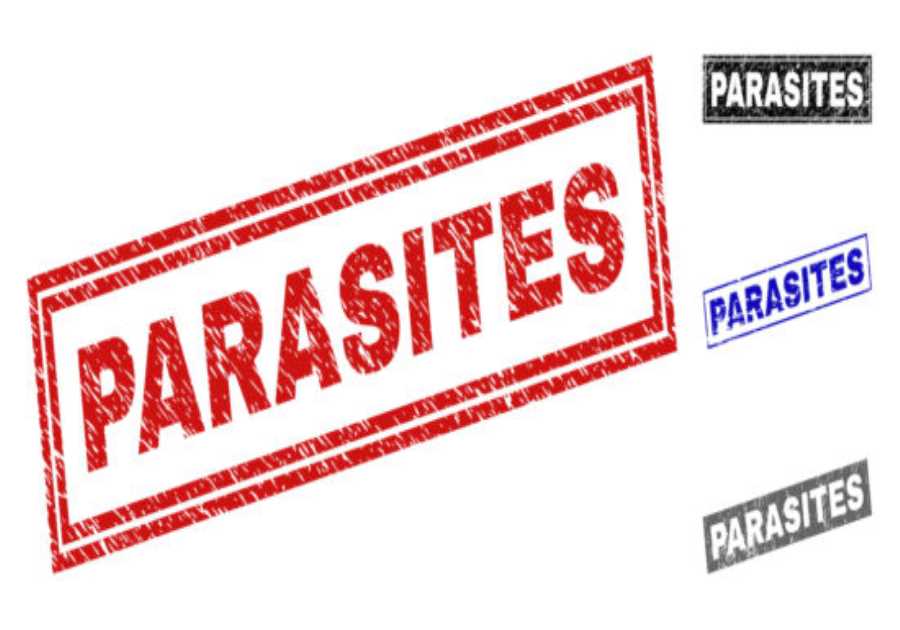
The UK Health Security Agency (UKHSA) annual data has revealed a significant rise in Campylobacter and Salmonella infections in England.
Salmonella infections reached a decade high, with a 17.1 percent increase from 2023, from 8,872 cases to 10,388 in 2024.
Campylobacter cases also increased by 17.1 percent from 60,055 in 2023 to 70,352 in 2024. This represents the most infections in the past 10 years.
Campylobacter and Salmonella infections are usually caused by eating contaminated food. Infection may also occur through close contact with infected people and by cross-contamination in the kitchen, for example when utensils are used for both cooked and uncooked foods.
Salmonella statistics
The top two serovars were Salmonella Enteritidis and Salmonella Typhimurium. Both increased from 2023. Reports of Salmonella Newport and Salmonella Java also went up, but Salmonella Infantis reports declined.
Compared to 2023, the rate of Salmonella laboratory reports per 100,000 population increased during 2024 in all regions except the South West. London had the highest rate and the lowest was in the East Midlands. London reported more than 2,150 cases while the North East had only 502. Slightly more than half of reported cases were female and the most affected age group was children less then 9 years old.
“The increase is likely multifactorial and at least partially driven by increased molecular enteric diagnostic testing, changes in cooking and food storage practices affected by cost of living and changes in the food supply chain,” said UKHSA.
Seven outbreaks were reported in 2024 with 304 cases. Two Salmonella Typhimurium outbreaks affected 109 and 29 people. The bigger outbreak was linked to red meat while the source was unknown in the other. Two Salmonella Enteritidis outbreaks that affected 24 people were traced to eggs served at restaurants.
A Salmonella Blockley outbreak with 81 sick was linked to tomatoes. They were also suspected to be behind a Salmonella Strathcona outbreak with 24 cases. The source of a Salmonella Anatum outbreak with 37 ill was not found.
Campylobacter findings
Dr. Gauri Godbole, deputy director, gastrointestinal infections at UKHSA, said surveillance is showing high levels of illness in England.
“Washing hands thoroughly with soap and water, particularly after using the toilet or handling raw meat, before meals and after contact with animals or farms can prevent infections. Additionally, anyone experiencing diarrhea or vomiting should avoid handling or preparing food for others. Do not return to work, and children should not attend school or nursery, until at least 48 hours after symptoms have subsided,” she said.
The North East region had the highest rate of Campylobacter reporting and the lowest was in East Midlands. The South East had more than 13,500 cases while the East Midlands had 4,838 cases.
In total, 55 percent of reported cases were male and the most affected age group was 50 to 79 year olds. Of speciated isolates, almost 90 percent were Campylobacter jejuni followed by Campylobacter coli at 11.2 percent.
The UKHSA said the increase in cases likely had multiple reasons such as better testing methods, changes in travel or food supply chains, and behavioral changes in food handling and preparation.
There were nine outbreaks reported to the UKHSA with 122 cases. Three outbreaks with 25 cases occurred at restaurants with links to chicken liver pâté as well as duck and chicken liver parfait or beef. Three care home outbreaks sickened 31 people with one incident traced to lamb’s liver. One outbreak in a stadium setting affected 61 people who ate chicken liver parfait.
Dr. James Cooper, deputy director of food policy at FSA, said: “The FSA works closely with UKHSA and other partners to monitor and assess the latest foodborne disease data. We are working together to understand the reasons behind the rise in Campylobacter and Salmonella cases, as well as trends in other pathogens. This analysis will help us take the necessary action to protect public health.”
(To sign up for a free subscription to Food Safety News, click here)






